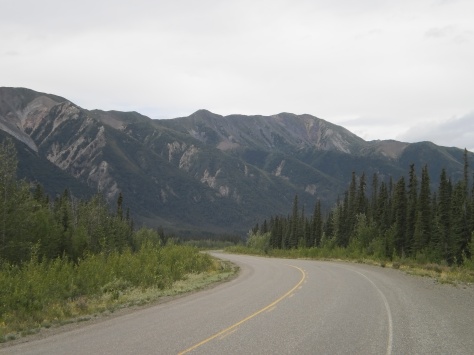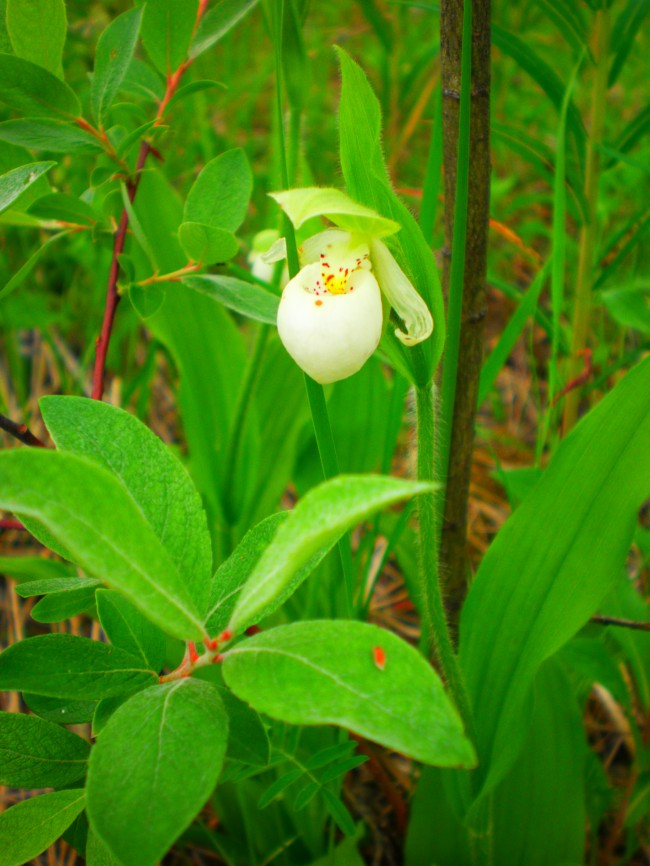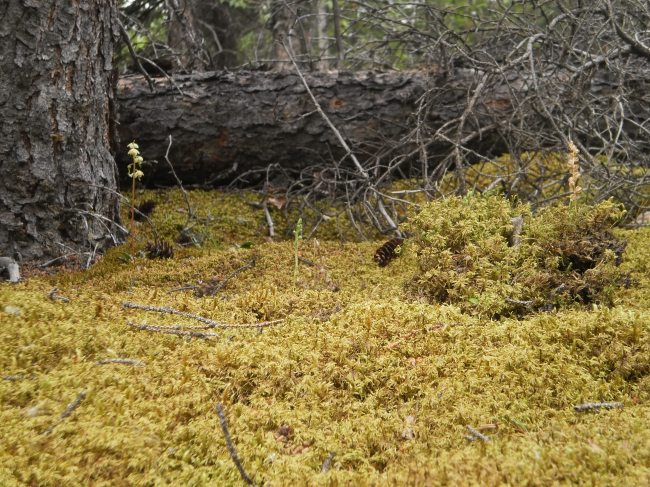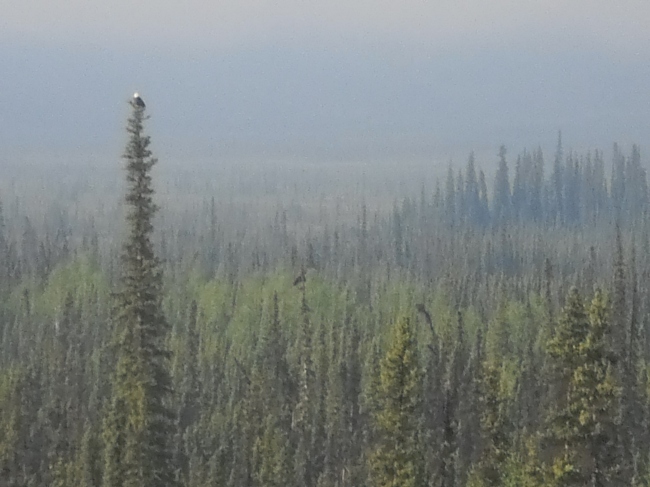Archaeology at Little John
- stollie9
- Aug 1, 2013
- 7 min read
Before I can discuss the archaeological nature of my experience here, I must give due service to the land and and to the people who live here.
It is such a privilege to share this space with individuals who represent a more holistic way of life, who interact with the elemental forces of nature in a manner which is so foreign to me. We are truly blessed to have been able to converse with some of the last knowledge holders and language speakers of the Upper Tanana People; one of the last groups in Canada to be contacted by European colonization, who subsisted fully by hunting animals and gathering native plants up until the mid twentieth century when the Alaska highway came through this part of Canada.
I feel a connection to this land, in that it played a central role in bringing people and trade goods together over vast geographical areas, among different language groups and among people with unique cultural practices, much like it does today.
As we travel along the highways here we see only the most obvious qualities of the landscape - the mountains, lakes, rivers, roads, and communities. Passing through as many travelers do, one does not get to know these qualities as we have had the opportunity to do this summer. It has been a humbling and uplifting experience in getting to know these features with detail, along with their application to the greater workings of life in these parts.

There are 4 main varieties of trees in the boreal forest; and as such, a drive past on the highway does not look terribly variable. The landscape is covered with mostly spruce, aspen, birch and willow. It is only after you stop and take the time to look closely that you truly see the distinct qualities of the landscape at large.
As you walk through the forest here, it is almost as if the forest knows that it is all powerful in this land, and it welcomes you as the visitor. It offers a gift so sweet that one could truly rest for hours just listening to the sounds and taking in all the sights in wonderment. It is quite unlike the manicured culture of parklands in the south.
Under the trees, rests various species of plants. Flowers include wild roses, which began to bloom when we arrived at the Little John site at the beginning of June; the hot pink blossoms of fireweed, the official flower of the Yukon; and these little white bells, similar to lilly of the valley but which produce little berries when the blossoms are done. Among these are many others, which I could describe, but regretfully could not name.

Under the flowers, the moss which in my opinion, is the most magnificent feature of the boreal forest. It is so deep your step sinks. Its like walking on green sponges filled with life, with fresh oxygen bursting forth with every step. Indigenous Canadians still collect spruce roots from underneath the moss in order to weave birch bark together to form baskets which the tourists buy. In the past they used birch baskets to hold food and liquids, and of course to make canoes, which were used for travel along the rivers and streams. It is hard to imagine that life so full is resting atop the forever frozen permafrost below.
Before the Alaska highway was constructed, rivers and trails were the main means of travel in these parts. The interconnecting network of rivers and lakes still provide ample opportunity to traverse this landscape with ease - as long as you know where you are going.

Some land based trails are unmistakable. There is a distinct contrast between the pillowy texture of the moss which covers the forest floor, and the beaten down paths which have been traveled on for centuries. So much so that you could travel on them all hours of the night - with the help of distinctive markings on trees and branches to mark the various directions which the trails take.
I took a walk along an ancient trail within easy earshot of our group of tents. Along the trail there rests the remains of an ancient ice box, where people left their goods to chill in the hillside, kept cold by the permafrost buried below. Further along this path there lies weathered timber which appears to be the remains of a structure, now slumping down the hillside and left to ruin. Surrounding these ruins, which have likely been left since the construction of the Alaska highway in the mid-twentieth century, lies what seems to be endless life and potential. The forest possesses this energy which can not easily be described. Mysticism and fantasy can easily creep in and create a sense of wonderment and mystery regarding the surroundings which I find myself.
I was told that in this region, the Alaska highway construction followed along a traditional trail which connected the extinct village of Tsoogot'guy - which rested on the 141st meridian - now the border between the United States and Canada - with what is now Whitehorse and Dawson City.
These trails would have at once been seasonal passage ways which people would have traveled on in order to reach various hunting and processing camps. Depending on the time of year, they would have been harvesting caribou, bison or moose while supplementing their diet with beaver and fish in the off-season.
People certainly would not have needed to travel the entire network of trails in order to reach food sources, for these trails were also used to facilitate the trade of raw materials such as obsidian and other luxury goods while connecting community members for various gatherings and spiritual practices.
The view from our camp looks over a river valley which follows Mirror Creek through the landscape. Across the valley, Wiki Peak, a local obsidian source, can be seen in the distance, situated within the Wrangel and St Elias Mountains. A valley within these mountain ranges served as a point of crossing for migrating mammals such as caribou and bison, who would have passed through these parts in the tens of thousands on their seasonal journey from north to south and back again providing the people with enough food to keep themselves and their beasts of burden alive during the long winter months.

At dawn one morning, I was awakened by the alarming squawk of the Ravens, which understandably, based on their prolific presence throughout this region is the official bird of the Yukon. That morning a cloud of fog blanketed the creek valley as I read my book in the hammock. As I was staring off into the mist, I caught sight of an eagle flying along the bank of fog to land atop a tall pine tree.
The eagle, I imagine looks at us in this camp as visitors in this land that he knows so well. His piercing eye sight has seen the landscape from a perspective which we can only dream about as he soars high over the tree tops, searching for his next prey. I hear that he and his mate have been nesting in the valley together for nearly 20 years. Only once have I seen them both together, keeping a watchful eye on their valley bellow.

Not only do the ravens wake us up in the morning, but they keep us company throughout the day as we excavate our various archaeological units at Little John. Another feathered friend who spent some time was us was a mother grouse, who laid 11 eggs not 5m from our excavation unit. It was such a pleasure to see that after resting bravely on her eggs for several weeks, holding fast as the 'would be' archaeologists and the camp 'dog' Bud periodically checked on her well-being, the next generation of grouse babies were hatched. It was no surprise that she had better sense to mover her little family into less populated territory very soon afterwards. My excavation unit was somewhat unfruitful as archaeological excavations go, as my only cultural find consisted of a small chert flake. Although cultural material was lacking, the buttery texture of mid-pleistocene sandy loess was a pleasure to trowel through. In the final days of excavation - at nearly 150cm below the surface - I was excited to find an interesting orange/brown structure surrounded by a dark paleosol. My thoughts were that it was the remains of an ancient tree root, preserved in the loess for over 10,000 years. Although no significant cultural material was found, my work at Little John this summer does have the potential to increase the efficiency of our dating sources for the site. Other individuals had much more success than myself this summer. In the open pit - loosely deemed the pit of despair - we found a basalt biface!!! We are still waiting on the carbon dates, but according to the stratigraphy and previous dates obtained from the site, it is likely that the biface was laid to rest well over 10,000 years ago, by some of the first people who came to this land we call Canada. If the dates come back where we expect them to, we would have uncovered material which indicates human occupation in the interior of the Alaska/Yukon boderlands far earlier than has been previously thought, making Little John one of the oldest sites in Canada. Little John is an interesting site for several reasons. It is situated in a region near the watershed for both the Upper Yukon and Tanana Rivers, making it an extremely accessible location for many travelers in the past. It was the first Canadian site to contain cultural material belonging to the Nenana/Chindadn tradition - which is common in the interior of Alaska from about 11,500 BP (years before present) to 9500 BP. In addition to providing evidence for human occupation during the terminal pleistocene, it It also contains rich cultural material from later periods such as microblades, and smaller points and scrapers. Little John is thought to have been used as a hunting and processing site, where people would have met together to hunt and process game. People living in this region did not settle at a single location for long, but did use the same sites on a seasonal basis, depending on the movements of game that year. The tools which we find at Little John indicate that occupation was for somewhat of an extended period of time, as women and children were likely living there as well. This can be inferred by the presence of stone scrapers - which women used to scrape the animal skins in order to fashion clothing and make shelters. It was truly a joy to work at Little John this summer and interact with the people living in the community today. After spending the better part of six weeks at Little John, we packed up our gear and headed for Eagle, Alaska, en route to Dawson City for the final leg of our journey. At Eagle we will be excavating a quarry site with rich lithic material and spectacular geological history!

Comments